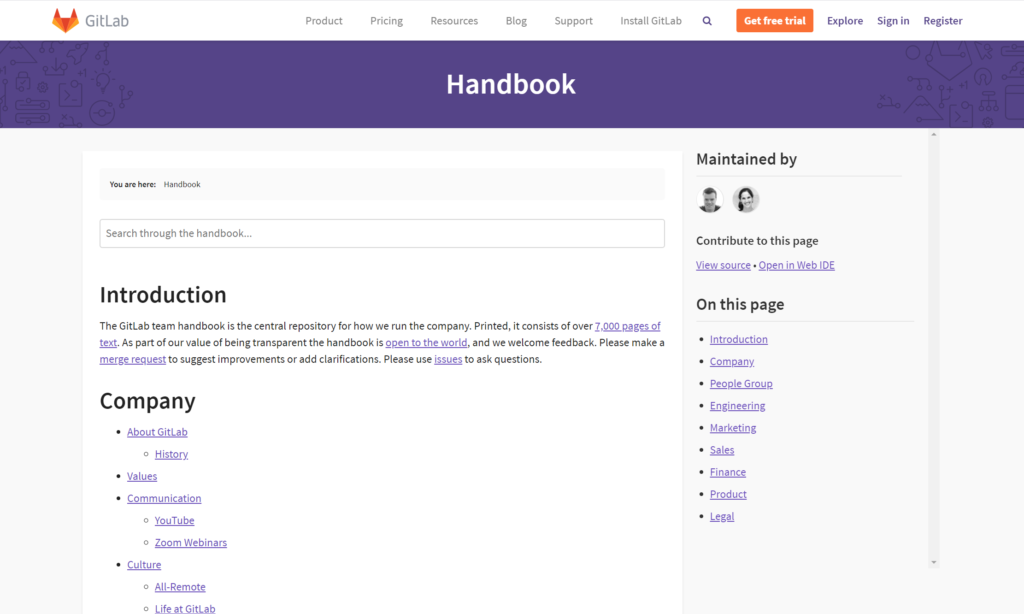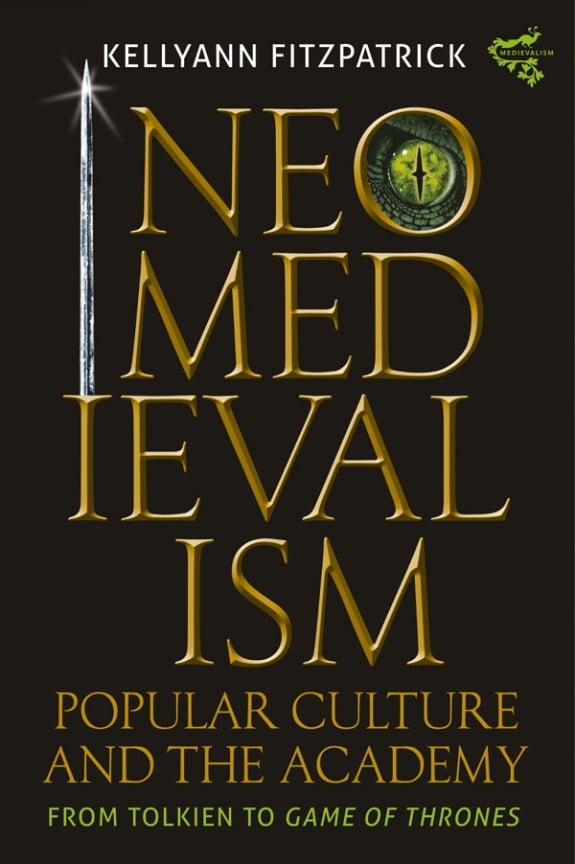Last week I had the chance to speak with Darren Murph, Head of Remote at GitLab, about remote work, communication and documentation. As one might expect, these concepts led us through some (mostly) related topics: how the COVID-19 pandemic affects even organizations that were already all-remote; some of the benefits of an all-remote or remote-first culture; the invention of “juice box chats”.
You can watch the full interview in the video embedded above or access the video, transcript, and related resources at https://redmonk.com/videos/remote-work-with-darren-murph-gitlab.
Below you will find some of my key takeaways and related excerpts from our discussion.
Creating an effective remote work environment requires a certain set of skills
GitLab has been an all-remote organization since it was founded in 2014, yet Murph was brought on as Head of Remote in July 2019, signaling a more recent investment in improving remote work processes. Murph notes:
The Head of Remote role, I think, is one that you will see proliferate. A lot of companies are realizing that remote is so nuanced, it’s very difficult to just add it as a line item to a Chief People Officer or Chief Operations Officer. It requires a lot of intentionality. And I do think you will see a lot more companies looking for this. When GitLab recruited for this role, obviously it was well before the COVID pandemic, but we were scaling rapidly. We tripled in size in 2019. We were bringing a lot of team members that needed to acclimate to remote. Many of them came from co-located environments and frankly, a lot of the ways that GitLab works would feel downright troubling in other organizations. We say that there’s as much to unlearn as there is to learn. And we outrightly tell people that the ways GitLab works, it’s not a trap. We truly do try to work with short toes and no ego and blameless problem solving. Our culture is very deep and very specific and a Head of Remote helps to re-emphasize that across the onboarding, across learning and development, manager training….
Investing in developing effective remote work practices signals to team members that their work experience is important. Murph also points out that such investments can pay off not only in more productive and happier remote team members, but also in improved recruiting pools and a more diverse and effective work culture.
We do this because it makes our business stronger. We have a naturally more inclusive and diverse workplace. We have people from 65 countries and regions that are able to pour local cultural understandings back into our products and back into our culture. This is much stronger than manufactured diversity, where you try to recruit people from different countries but then relocate them to an entirely different country. It is amazing what it does for business. It opens up your recruiting pool. So I think more and more companies are going to see this coming out of COVID.
I agree with Murph here: while many organizations have made sudden moves to remote work due to the COVID-19 pandemic, the benefits of doing remote work effectively and the complexities of creating effective remote work environments will lead to the emergence of more specialized leadership roles as part of a larger and sustained trend.
Investment in systematic documentation of internal processes is a must
Murph and I chatted at length about the role that documentation plays in an effective remote work strategy. Notably, GitLab is so committed to transparency that it makes its Handbook, a document that both outlines and determines how the company works (and which, for most orgs, would be an internal document restricted to employees) publicly available. The result is what Murph calls a handbook-first approach to documentation:
We’re careful to say handbook-first instead of documentation. And the reason there is that documentation could be interpreted differently, depending on who you ask. In fact, you may have your finance team documenting their processes in a Notion doc, and your HR team documenting their processes in an Almanac doc or a Google doc, and they don’t even talk to each other. So the practice of documentation without a systematic approach doesn’t really solve a lot of organizational challenges. So at GitLab we have our handbook. It is written on GitLab the platform, we use, GitLab to build on it, to iterate on it. So we use our own product to build our own handbook. And that is the single source of truth for everything at the company. And it is ingrained in our culture that it must be in the handbook or it’s not true.
Murph also notes that GitLab’s handbook-first approach to documentation may seem strange to organizations that are used to operating first and foremost via face to face meetings.
You have to think handbook first instead of verbalization first. And it takes a lot of reinforcement to get this right. It is not the default. I tell people that it’s going to feel awkward until it doesn’t. And honestly, it’s one of our remote-first forcing functions. And I don’t think it’s coincidental that the word “forcing” is in there. These are things that do not come naturally by default, but over time, documentation matters so much. And for new leaders that are on small teams, you have five or ten people you may think “we don’t need to document. Everyone can talk to each other,” but it’s so important to do it now because it’s so much easier with five or ten people. And when you scale to 100 or 500 or 1000 people, it only gets more important as you go and more painful to do it with each additional day that you let pass. [Emphasis is mine]
For small teams especially, it may be more immediately expedient to operate via word of mouth and a kind of commonly accepted knowledge; however, as teams grow (especially in remote work environments), having a documentation strategy in place for internal processes is a must. Although early investments in such a strategy may seem superfluous, they can pay dividends as an organization grows.
We have too many meetings
When even medievalists are making Zoom fatigue jokes, it is a sign that we are all spending too much time in online meetings. Therefore I was happily surprised to hear that part of GitLab’s remote strategy is to cut down on the number of synchronous meetings.
We want to make meetings really difficult. We would much rather the work just happened in a GitLab issue. So we’re going to do everything we can to discourage you from having a synchronous meeting because we want more people to be available to add feedback. And if you have a meeting at a certain time, on a certain day, chances are there’s a good chunk of the people that need to be in that meeting that aren’t even awake, they’re on the other side of the world. And so we do this to force people to think about work differently and to not just default to having a meeting.
To paraphrase a sage colleague, we probably need to meet less and write more.
COVID-19 has changed how we work remotely
Even an always-remote company like GitLab has had to adjust to changes brought on by the COVID-19 pandemic. As Murph notes, about 20% of GitLab’s workforce worked remotely from outside the home prior to the pandemic. These folks are now mostly at home, and COVID has also heavily impacted folks who have always worked from home. Like many of us, they are now newly working from home alongside and around kids, partners, parents, and roommates who are consistently at home as well. One way that GitLab has changed in response to this is the creation of juice box chats:
GitLab’s been doing [remote work] from inception and we’re still figuring out ways to get better at remote. We have an entire guide on how we do informal communication and relationship building. We added a new one just a few months ago in the pandemic. We noticed that a lot of parents have kids at home and we thought, hey, what if the parents synched up schedules, open up their Zoom cameras and then let their kids kind of sing, dance, show off toys, and enjoy cultural exploration across six continents while they’re quarantined at home? And we coined this “Juice Box Chats,” which is a play on the coffee chat, basically the adult version of just grabbing coffee with someone and chatting about anything. And it’s been a huge hit. Kids around the world now are able to hang out with each other. Parents get a reprieve. And so that’s not something that we thought of nine years ago. It took a pandemic for that to happen. But we’re constantly iterating on this and constantly figuring out ways to get better.
The constant drive for improvement is admirable, but you also have to love that a company that is pushing for less synchronous meetings is also making space for more synchronous meet-up time for family, community, and culture: all important things (especially now) that go beyond work, but which a good work environment should support (and which, admittedly, even great documentation can’t replace).
Disclosure: GitLab is a RedMonk client; however, this post was not commissioned by GitLab.


No Comments